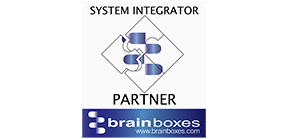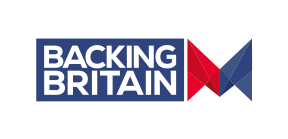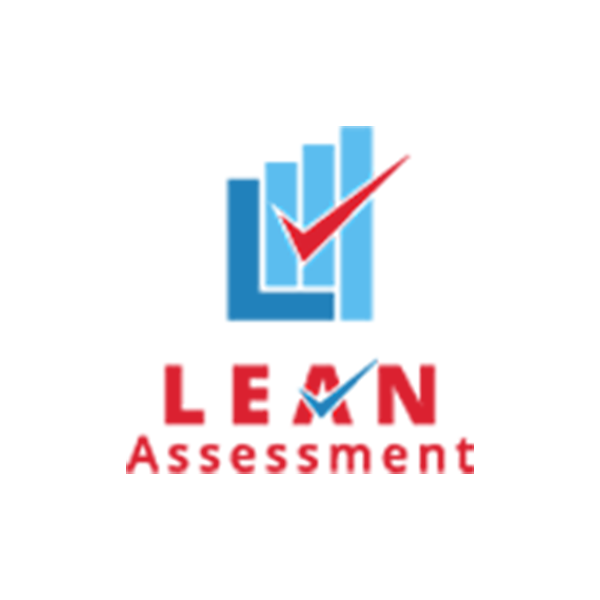12 Key Elements for Succession Planning
- By Brett Griffiths
- Lean Technology
- September 07 , 2017
- Share

Today succession planning is a crucial process for organisations to attain sustainable growth. It is important to identify who within the organisation are capable with the right skill sets and competencies to fill the future job vacancies. This may be due to employees retiring and natural attritions, with also the need to identify future strategic leaders who play vital roles in the organisation's growth.
Sustainable succession planning leads to sustainable growth and a tangible impact on the bottom line. Well structured and organised succession planning will help to identify the competency and performance gaps. Based on the succession planning criteria and analysis it is easy to plan and implement training & development programs to enhance the knowledge, skills and behaviours of employees to fill these competency and performance gaps.
Your Career Academy identifies 10 very important elements when you are doing a succession planning process:
Satisfy Business Strategy:Your succession planning approach must be aligned to the medium and long-term business strategy, ensuring an organisation is creating sufficient talent to manage its business growth objectives.
People Involvement:Succession planning, needs to be supported and driven by senior management and leaders to ensure and maintain talent momentum and business continuity, a crucial stakeholder is L&D.
Identify Talent:Succession planning, needs to look internally and externally to identify and maximise your talent.
Organizational Communication: Communicate your Plan, from an organisational perspective, there is nothing worse than losing hidden or identified talent because they are not aware of the organisational succession planning or talent management.
Talent Development: From an HR perspective, succession planning needs to be a key part of the wider employee engagement offer and should be aligned to recruitment, training, development and performance review.
Alternate Talents:Identify business critical roles and have contingency plans in place to ensure business continuity.
Deep and Wide Knowledge:Succession Planning needs to look at Competencies as well as technical knowledge and improved skills.
End to End Analysis:Use other areas to assess candidates to understand their stakeholders (360 degree Feedback, Emotional Intelligence, career profiling, Psychometric testing)
Vertical and Horizontal Training:Succession planning isn’t always about moving upwards in an organisation, moving sideways is an important part of developing organisational capability and providing personal development. It also goes a long way to retaining talent.
Recognition:Recognise employees human resources as the future success of the organisation to which we link talent, skills and pipeline of staff capable of delivering organisational objectives.
Continuous Evaluation:When looking at performance, look at potential as well. Current performance isn’t always an indicator of future performance, so test for potential. Identified and untapped potential allows an organisation to leverage future capability and to put in place resources to convert this potential into performance.
Look Around:As well as looking outside the organisation, look outside a department or team where there is a succession issue. Succession candidates should be able to come from any part of a business providing they personify organisational values and preferred behaviours
Start Free Trial
LEAN TRANSITION SOLUTIONS
The Old Vicarage, Pershore Road, Upton Snodsbury, Worcester, Worcestershire, WR7 4NR, United Kingdom.
BLOG
Lean Transition Solution
-
Lean Industry 4.0 Solutions
- TITAN:Computerised Maintenance Management System
- Data Point:Computerised Balanced Scorecard
- Janus: Automated Shop-floor Data Capture System
- T-Card: Integrated Production Planning and Plant Level Execution System
- JDI: Maintenance Automation App
- Maximus: Integrated ERP System
- e-Contractor: Integrated In-house Contractor Management System
- Q-Point: Integrated Quality Management System
- Safety-Point: Integrated Health and Safety Management System
- Lean Assessment: Lean Audit and Assessment System
- Saisho: Lean 5S Audit and Assessment App
- Emergency Response App: To Manage Emergency Situations
-
Leadership 4.0 Solutions
- Your Career Academy(YCA): Learning and Development System
- YCA e-Learning : Management System
- MentorYou(MU): Mentoring App
- Leadership 4.0 : Leadership Transformation Program
- Lean Manufacturing Workshop
- Lean Manufacturing Consulting
- ILM Accredited Green Belt Training and Certification Program
- ILM Accredited Black Belt Training and Certification Program
- Software Development Service
- Resources
- Company
- Contact











